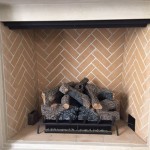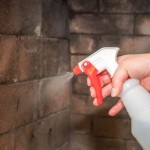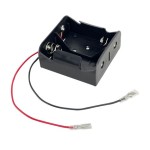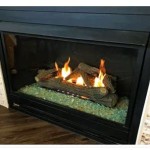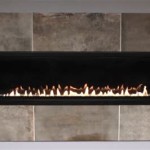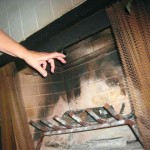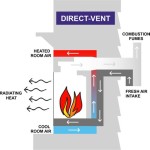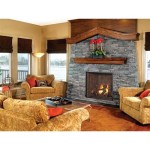Gas Fireplaces Without Vents: A Guide to Essential Aspects
Ventless gas fireplaces have become increasingly popular in recent years due to their convenience, efficiency, and aesthetic appeal. Unlike traditional gas fireplaces that require a chimney or vent to exhaust combustion gases, ventless fireplaces operate by burning clean-burning propane or natural gas and releasing the byproducts directly into the room. This eliminates the need for complex venting systems and allows for greater flexibility in fireplace placement and design.
However, due to the nature of their operation, ventless gas fireplaces require careful consideration of several essential aspects to ensure safe and efficient use:
Combustion Efficiency
Ventless fireplaces must maintain a high combustion efficiency rate, typically above 99%, to minimize the production of harmful emissions. This means the fireplace burns the fuel almost completely, producing minimal soot, carbon monoxide, and other pollutants. A high combustion efficiency ensures that the released byproducts are within safe limits for indoor air quality.
Ventilation
Even though ventless fireplaces do not require traditional venting, adequate ventilation is still necessary. The combustion process consumes oxygen from the room, so it's important to provide a fresh air supply to prevent oxygen depletion and the potential for carbon monoxide buildup. Opening windows or doors slightly during fireplace operation or installing a dedicated ventilation system can ensure sufficient airflow.
Safety Features
Ventless gas fireplaces are equipped with various safety features to prevent accidents and ensure proper operation. These features may include:
- Oxygen Depletion Sensors (ODS): ODS monitors oxygen levels in the room and automatically shuts off the fireplace if they fall below a certain threshold, minimizing the risk of carbon monoxide poisoning.
- Flame Failure Devices: These devices detect if the flame goes out and stop the gas flow, preventing gas buildup and potential explosions.
- Thermal Overload Switches: These switches protect the fireplace from overheating by shutting it off if the temperature exceeds safe limits.
Installation and Maintenance
Proper installation and regular maintenance are crucial for the safe operation of ventless gas fireplaces. Installation should be performed by a qualified technician who follows the manufacturer's guidelines and ensures proper gas connection, ventilation, and safety feature functionality. Routine maintenance, such as cleaning the fireplace and checking the safety devices, should be conducted according to the manufacturer's recommendations to maintain optimal performance.
Ventless gas fireplaces offer a convenient and aesthetically pleasing way to enjoy the warmth and ambiance of a fireplace without the need for complex venting systems. By carefully considering combustion efficiency, ventilation, safety features, and proper installation and maintenance, you can ensure a safe and enjoyable experience with your ventless gas fireplace.

Are Vent Free Gas Fireplaces Safe Ventless
:max_bytes(150000):strip_icc()/ventless-gas-fireplaces-4160746-hero-f9d4bdcd9bd446eb84406de306f790ba.jpg?strip=all)
How To Pick Out A Ventless Gas Fireplace

Vented Vs B Vent Direct Free Dixie S

Vented Vs Ventless Gas Fireplace Logs

Gas Fireplaces Direct Vent Vs Free Fine Homebuilding

Do Gas Fireplaces Need To Be Vented Fireplace Tips
.aspx?strip=all)
Ventless Fireplaces Explained Safety Of Vent Free Fires

What Are The Best Ways To Vent A Gas Fireplace Zoroast

How To Select And Install A Gas Fireplace Log Set Fireplaces Direct Learning Center

If You Have A Gas Fireplace It May Or Not Chimney Flue
Related Posts

